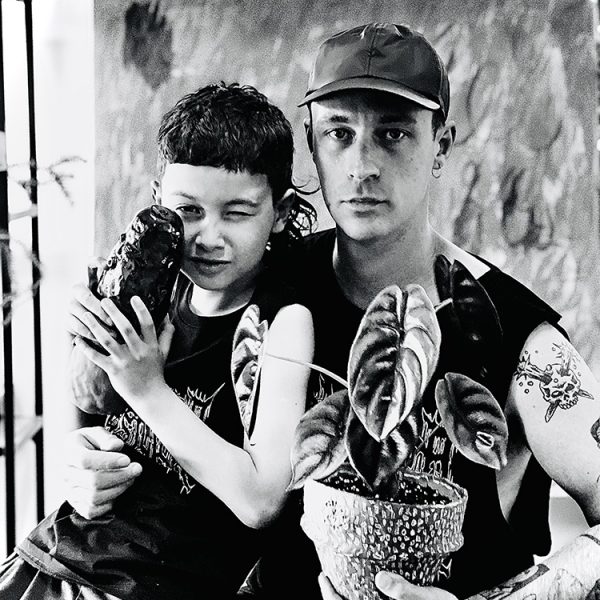Join us for opening night on Thursday, 8 June, to celebrate Jeremy’s exhibition, ‘If such is nature’s holy plan’. This is a short and sweet pop-up, so don’t miss out on the opportunity to see these detailed works in person.
Jeremy Plint is a multidisciplinary artist based in Meanjin who draws from camp aesthetics, ecology, pop culture and religious iconography. Their work examines the intersection between queer identity and familial structure, questioning mainstream notions of belonging. Working primarily with paint and ceramics, Plint reaffirms that alternatives to traditional perceptions of the family are just as successful. If such is nature’s holy plan sees the emergence of work made collaboratively with the artist's son Taimi, welcoming his contribution to the narrative on familial structure.
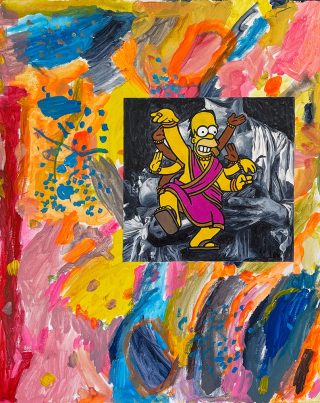
Untitled (After Derek Jarman After Caravaggio (In collaboration with Taimi Plint) 2023
Oil and synthetic polymer on linen
71 x 55 cm
$1000
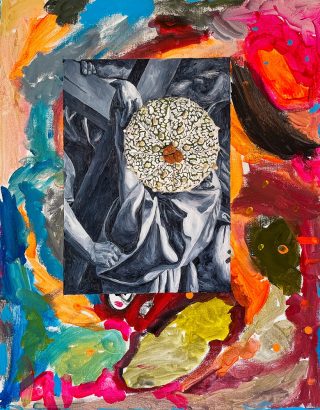
Untitled (After Orazio Gentileschi) 2023
Oil and synthetic polymer on linen
71 x 55 cm
$1000
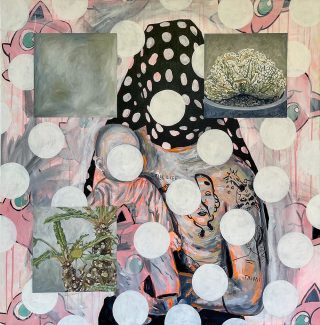
Madonna and Child (Mutant Exotic) 2023
Oil and synthetic polymer on linen
98 x 98 cm
$2000

Family Portrait 2023
Oil on linen
71 x 55 cm
$1000
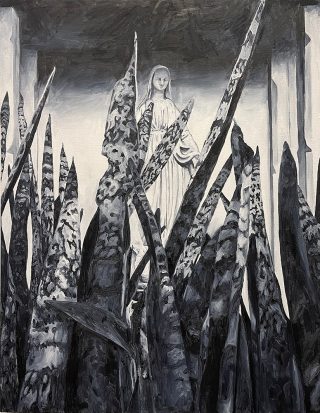
Full of grace (After John Waters) 2023
Oil on linen
71 x 55 cm
$1000

Untitled (After Michelangelo) In collaboration with Taimi Plint 2023
Oil, aerosol and synthetic polymer on linen
71 x 55 cm
$1000
 Sold
Sold
Slowqueen 2023
Synthetic polymer on linen
35 x 25 mm
$300 Sold
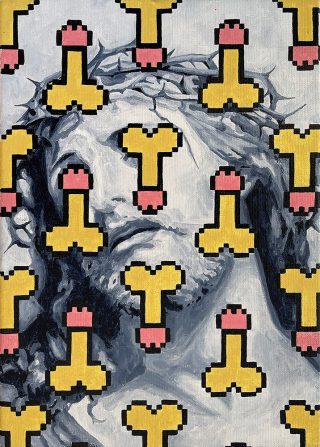 Sold
Sold
Dicklord 2023
Synthetic polymer on linen
35 x 25 cm
$300 Sold
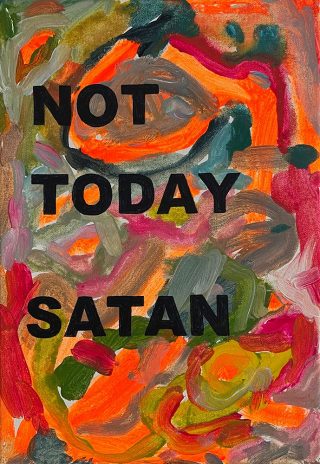
Not today Satan 2023
Synthetic polymer on linen
35 x 25 cm
$250
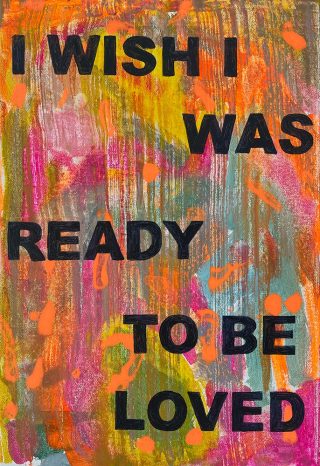 Sold
Sold
I Wish I Was Ready To Be Loved 2023
Synthetic polymer on linen
35 x 25 cm
$250 Sold
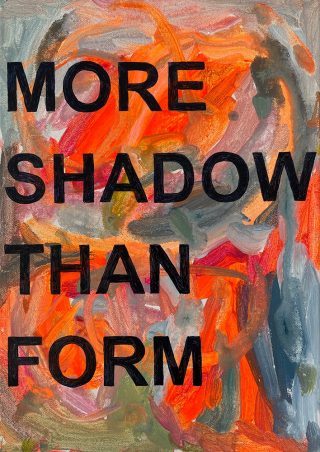
More Shadow Than Form 2023
Synthetic polymer on linen
35 x 25 cm
$250

Ritualism No 13 2023
Glazed Terracotta
28.5 x 12 cm
$300
 Sold
Sold
Ritualism No 14 2023
Glazed Terracotta
29.5 x 13.5 cm
$300 Sold
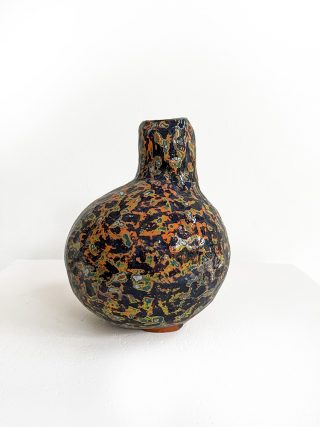 Sold
Sold
Ritualism No 15 2023
Glazed Terracotta
18 x 13.5 cm
$300 Sold

Portrait of a queer father as icon 2022
Oil on board
81 x 61 cm
$1000


